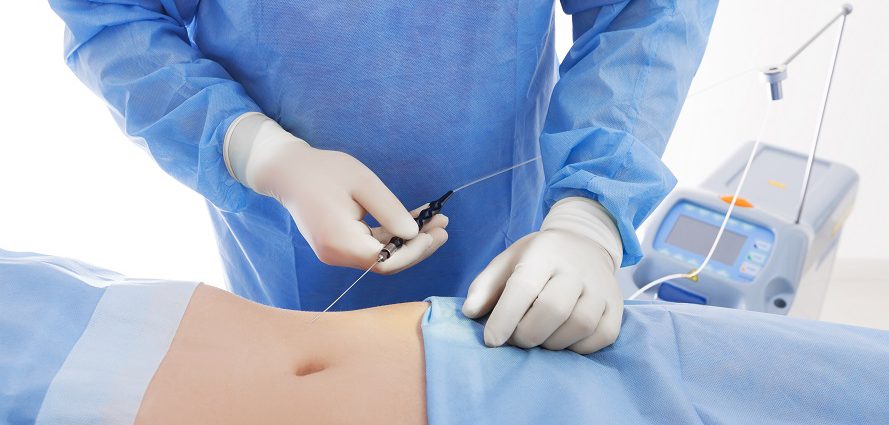A Guide To Recovering From Liposuction: Tips and Tricks for a Smooth and Fast Healing Process
Liposuction is one of the most popular cosmetic procedures in the world. It has revolutionized body contouring by quickly removing stubborn fat deposits with minimal downtime. But, as with any surgical procedure, it requires careful monitoring and post-operative care to ensure a smooth recovery process. This article will provide tips and tricks on how does Awake liposuction work and how to help you recover from liposuction as quickly as possible.
Awake liposuction is a minimally invasive option for those seeking fat removal without surgery or general anesthesia. During this procedure, local anesthetic is used instead of general anesthesia, allowing patients to stay conscious during the entire process. With awake liposuction, tiny incisions are made on the skin where excess fat needs to be removed and then suctioned out using a small cannula connected to a vacuum device. Results are usually noticeable within a few weeks after your procedure.

Preparing for Recovery From Liposuction
When preparing for liposuction surgery, it’s important to do your research ahead of time so that you can be prepared for what lies ahead. Make sure you have all necessary supplies such as compression garments and dressings ready beforehand so that you don’t have to worry about purchasing them last minute. Additionally, you must follow your surgeon’s instructions regarding pre-operative preparation such as diet and exercise restrictions to ensure optimal results after your surgery.
Managing Discomfort After Surgery
Immediately following liposuction surgery, discomfort may occur due to swelling and tenderness at the treatment site(s). Your doctor will likely prescribe medications like ibuprofen or acetaminophen to help manage any pain or discomfort that may arise. Additionally, cold compresses can be applied directly onto the affected area in order to reduce swelling and promote healing faster while providing some relief from pain or discomfort associated with post-op soreness.
Dressing Changes After Surgery
Your doctor will tell you when it’s safe to remove your dressings and start cleansing the treated areas properly according to their instructions – usually around 24 hours after surgery. However, this may vary from case to case. When changing dressings, do not use soap on your wounds as this can cause infection; instead, use mild cleansers such as Cetaphil or Aquanil, specially formulated for sensitive skin types like yours after surgery! You should also apply antibiotic ointment to open wounds every day before putting on a new dressing until they are completely healed (usually up to 2 weeks).
Promoting circulation after surgery
To aid recovery after liposuction, it’s important to maintain good circulation to the treated areas, as poor circulation can lead to delayed healing times/complications later on. To promote better circulation, try to take short walks every day (no more than 30 minutes at a time); wear loose clothing; avoid sitting or standing in the same position for too long; massage the treated areas gently but firmly in a circular motion several times a day; drink plenty of fluids, especially water, keep hydrated! Finally, incorporate gentle stretching exercises such as yoga into your routine, which will help keep muscles toned and improve blood flow even further!
Maintaining healthy habits after surgery
Once you’ve recovered from liposuction, maintaining healthy habits is key to achieving long-lasting results! You should focus on eating nutritious foods high in protein, fiber and low in sugar, exercising regularly, avoiding smoking, drinking alcohol excessively, etc. In addition, continue to wear the compression garments prescribed by your surgeon and monitor your progress regularly with pictures/measurements to make sure everything looks the way it should!

Conclusion
Recovery from liposuction requires patience, but with proper post-operative care and maintenance, you can expect quick results that last! Following these tips and tricks outlined above should help facilitate a smooth fast healing process and maximize the potential results of the procedure itself no matter what type – whether traditional awake methods both result in similar effects if done correctly under supervision of a medical professional experienced in the field of aesthetic medicine!
